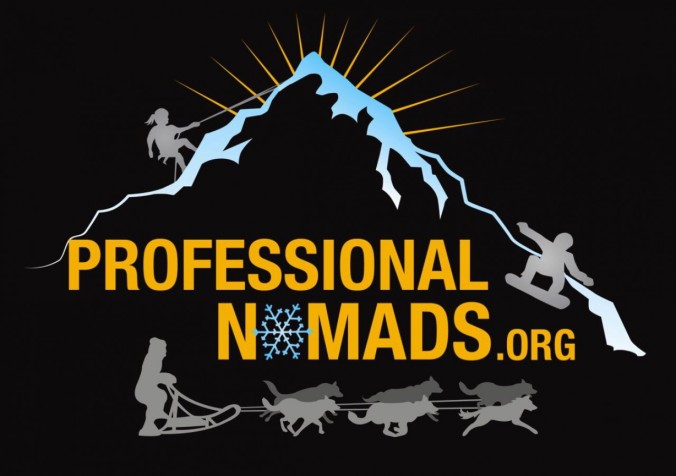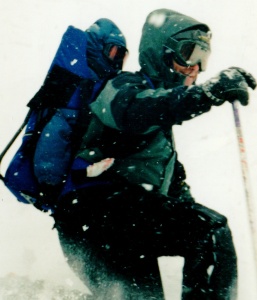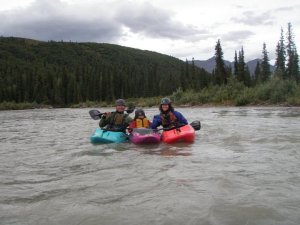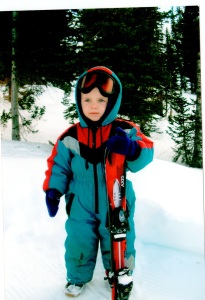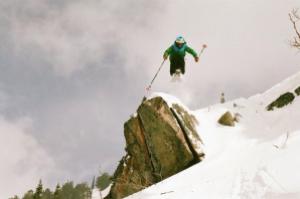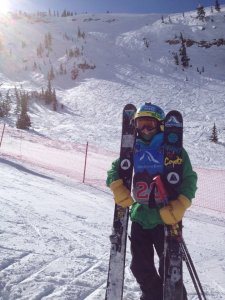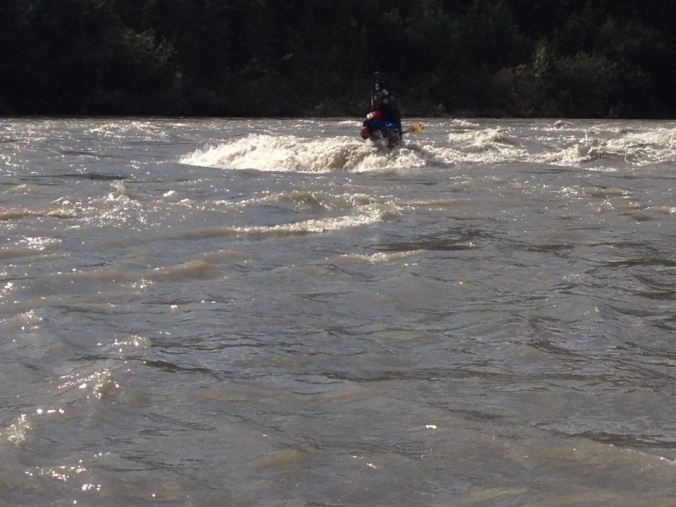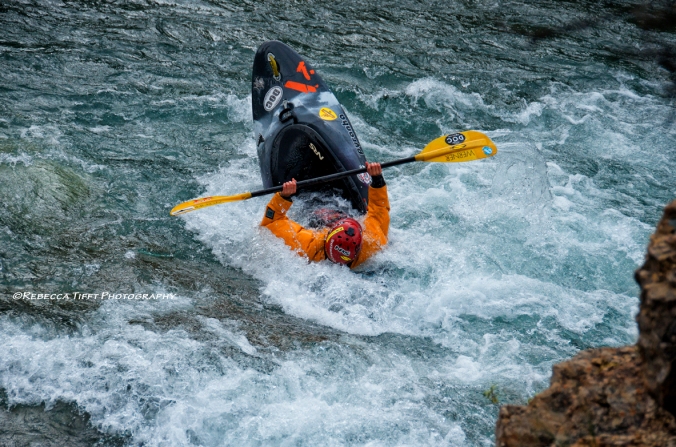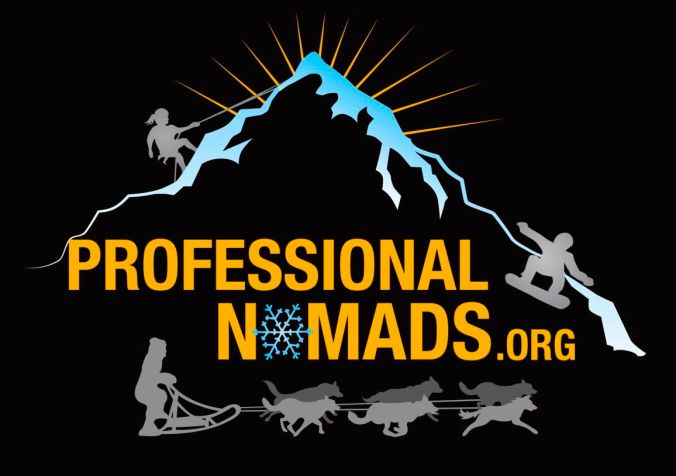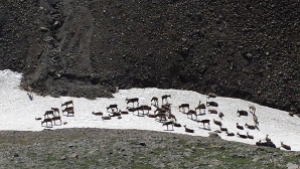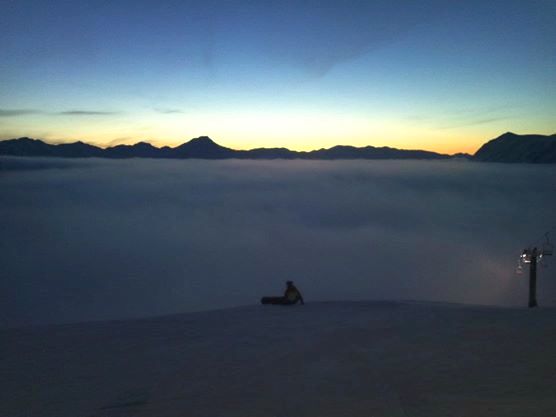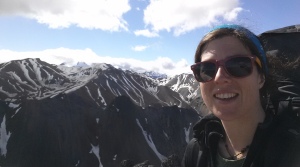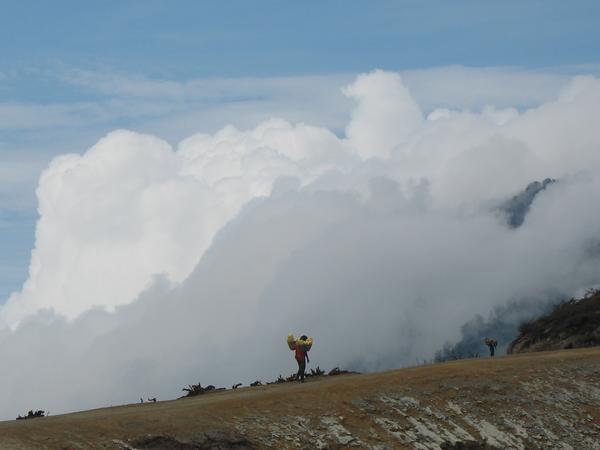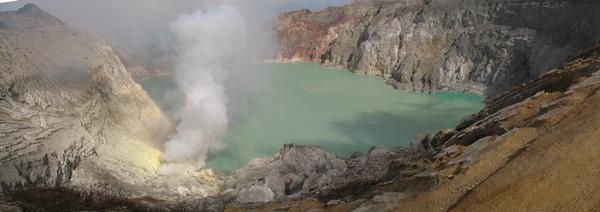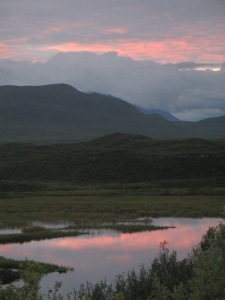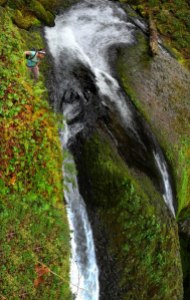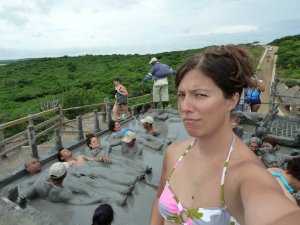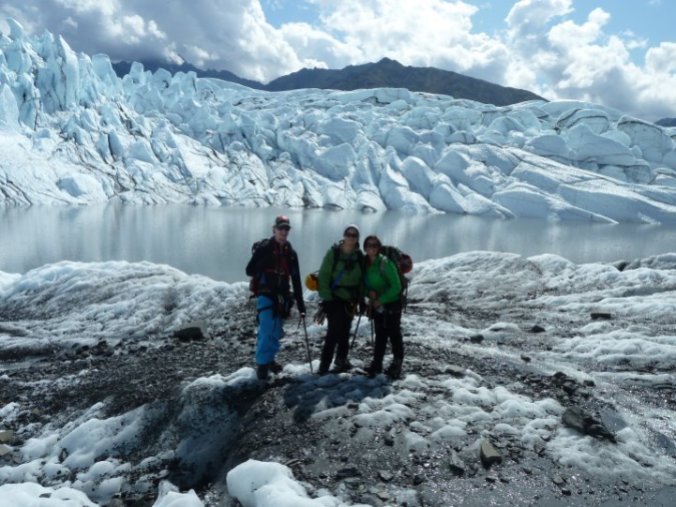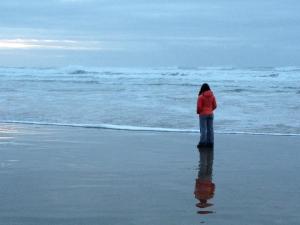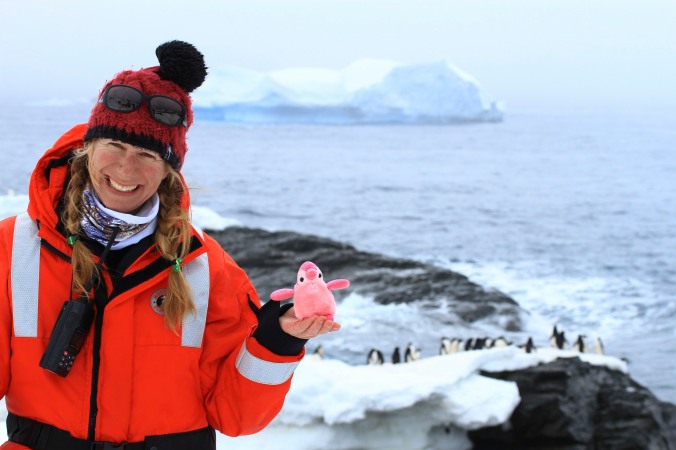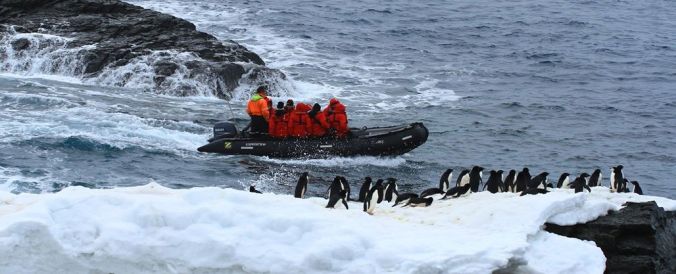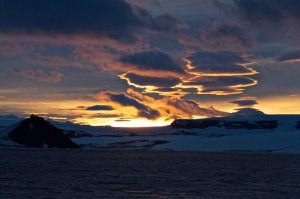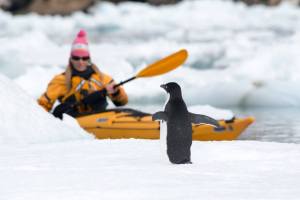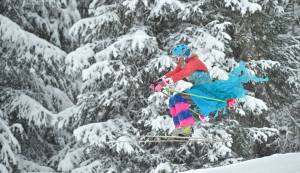I guess he got a girlfriend. Until today, every morning around seven he started tapping on the window frame outside my bed, claiming my territory as his. I suppose it was romantic. My little romeo approached my window powerfully and with purpose, his chest puffed out with self-importance—tricks that have been wooing women to sleep with men they shouldn’t for centuries. Maybe he thought my territory was his—after all, I’m nomadic and he lives in this spruce forest year-round. Regardless, we’re incompatible, and furthermore he’s not the pecker I want to be awakened by anyway. But this morning he didn’t come, and I can only assume that the northern three-toed woodpecker found a mate. It’s that time of year.
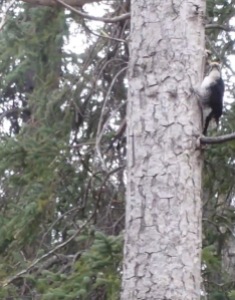
My Romeo
Spring in Denali National Park is an orgy. A few mammals (e.g. moose, lynx, wolves, and snowshoe hare) and a couple dozen birds have been here all winter, but spring beckons the arrival of migratory species. Dall sheep descend from the hills, herds of caribou cows migrate in to deliver their calves while the bulls fatten up for the next rut, and the silent, crisp winter air is broken by the crescendo of 150 or so bird species who literally septuple the local bird population. Just about every single animal rolling into the party is hungry and horny.
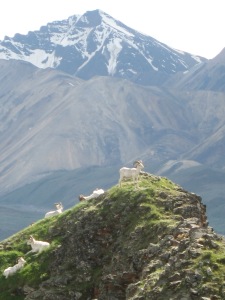
Dall sheep rams on Marmot Rock
Another species, the transient, crashes the party, as well. Their rut begins almost immediately. This species parties intensely from day one to display to potential mates early in the season and often performs its mating call at local watering holes well into the night as adamantly as a Swainson’s thrush. Transients are known for maintaining a rigorous partying schedule all summer, suggesting that beer is the sustenance needed to carry them to their winter resting grounds. Much like the Bohemian waxwing, the transient has been known to over-indulge on fermented berries and get a little too tipsy—but this is just the transient’s mating ritual. For those who remain in this revolving migration, the lure is more enticing than frivolous sex. After all, a person can get laid anywhere, but there is something unique to this landscape and community that invites transients to stay and evolve.
Community
This landscape brings people together, and without it this community wouldn’t exist. We are all drawn here looking for that thing that we need to nourish and sustain us the other seven months of the year. Birds come for berries, insects, extended daylight, and sex. Transients are not that much different.
For half the year we live alternate identities as global trekkers, dog mushers, snowboard instructors, and dive masters, and around early May this big granite magnet called Denali swoops us back into its orbit. We migrate north (a handful migrate south), dust off cobwebs regarding work and friendships, squeeze our personas back into the mixing pot, and try to pick up where we left off while still remaining true to whatever growth we’ve experienced over the last seven months. Year after year, Denali is the migration station that brings us all together.
On paper, though, how does society classify a man who has lived in Alaska 35 summers and yet has no physical address? Though he works relentlessly all summer, every September his temporary community packs up faster than a circus act and he, too, must answer the call of migration. If a man travels the globe more than half the year but returns perennially to the same landscape, can you call those nesting grounds his home? In the words of Tolkien, “Not all who wander are lost.” Perhaps then, it is our definition of home that needs to shift to include something more than what is indicated on a driver’s license. After all, it’s about community.
All of us come here running from or toward something—e.g. family, work, or adventure. By throwing caution to the wind we find ourselves immersed in a support system of people who applaud us for doing so. Whatever hackneyed idea you conceive—diving in Bali, trekking in Nepal, trimming weed in Oregon—people applaud you and, moreover, you likely have met someone eager to offer advice about their own experience doing that very thing. The Denali community fosters the adventurous spirit.
The Denali migration is complex. There must be the newbies with cookie-cutter naivety about Alaska as well as the displaced elders with some vague ties to the Lower 48. That is how the populace grows. It culls the ones who cannot or would rather not thrive in this environment and helps those who wish to stay to develop into the most badass version of their selves.
And that’s what we find up here, those of us that stay. We find our people.
Nourished by landscape
The question is, how does the transient fit into the picture with the rest of the species, both local and migratory? Extended daylight and nutritionally rich landscape attract a myriad of species to this breeding ground, but for a relatively short season. The transient is no exception to that, but in retrospect, it’s almost silly that anyone makes the effort to be here at all.
“The most amazing thing about the birds in Denali, as Carol McIntyre points out, is how far they come for such a short summer. Defying all odds and logic, birds fly here from six continents, including Africa. Altogether there are about 150 species that regularly come to Denali. Some just stop and rest, but many stay and raise their young. What is even more amazing, are those birds that stay all year, making it through an unbelievably cold and harsh Denali winter.”
The ratio of people who stay in the Denali area year-round versus those who migrate on is likely similar to the birds. We gather from around the globe to nourish ourselves in this habitat even though spring sometimes doesn’t emerge until late May, it often rains for a portion of every day in July, and by mid-August it’s already full-blown autumn. Therefore, true summer might comprise about a month. Though it is difficult to integrate into this habitat, it is here we find sustenance.
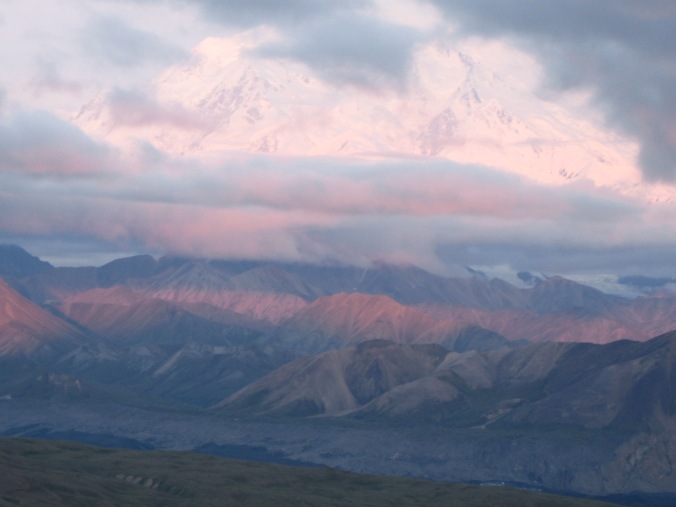
Denali landscape
Backpackers roam mostly trail-less wilderness and let the challenges of river crossings, scree slopes, and curiosity dictate each footfall. The park beckons exploration with enticing beauty, yet the boreal forest is essentially a big swamp, and the tundra a spongy moon-scape. Both bog down the pace of eager hikers who must learn to reduce the scale of their imagination to fit the reality of this place.
Yet none of us would want it any other way. To make it easier—to put in more trails and campgrounds—would cheapen the purity of that experience. To struggle up a riverbank and then watch a grizzly bear bound effortlessly up a steeper embankment is to be humbled by evolutionary adaptation. A grizzly bear has pigeon-toed paws with massive claws, a powerful shoulder hump for digging up roots, and the ability to run 35 mph across the aforementioned landscape. The opposable thumb has nothing on that. It is not until one reels in expectation, learns to move at the pace of the glaciers, and adapt to the conditions of the day that a human lives in concert with this habitat.
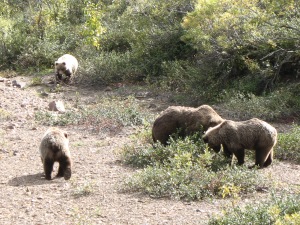
Sow and cubs
Over time, the initial infatuation matures. Slowly the flighty transient develops an integrated yet nomadic relationship with the landscape. Awestruck feelings about grizzly bear sightings are augmented by knowledge of how Athabascans spear-hunted them, the rituals involved in orchestrating the hunt, and what an honor it meant in that culture. The amazement of seeing spring cubs transforms into excitement that the sow took on enough fat to allow the blastocyst (the thing that is conceived during the spring orgy and ultimately becomes the embryo) to gestate in the fall (delayed implantation). If a sow isn’t fat and healthy enough, the blastocyst doesn’t attach itself to the uterine wall and is instead absorbed back into her body. The nomad is dependent on the land for sustenance even if just in the metaphysical sense.
Returning workers develop geeky interests in less glamorous life forms, as well.I swore I’d never say this, but nine summers later, I’m starting to give a shit about birds. They are the migrators who truly work for their summer in Denali. By examining their compulsory journey we find insight into our own seemingly inexplicable migration. A great one to study is the arctic tern.
During winter, the arctic tern migrates south from Alaska and Greenland to the Weddell Sea in Antarctica. This is effectively the longest migrational path of any species, matched by only a few humans. Since the tern can live for over 30 years, The Arctic Tern Migration Project, sums up a lifetime of this audacious trip as, “…equivalent to around 3 return journeys to the Moon! Not bad for a bird with a mass of a little over 100 grams,” (for ultimate geekiness, check out the project’s Google Earth model of the arctic tern’s migration route to and from a larger breeding ground in Greenland).
Since these little dudes are flying almost incessantly, their young must join in the migration at 20-26 days old, ready to adapt to every conceivable weather condition and biome of the globe. This raises important questions such as “what flight characteristics make this bird aerodynamically efficient from such a young age,” “how can it sustain itself metabolically,” and seriously, “why the fuck?” That’s a lot of pressure for a such a little guy, who otherwise can easily be dismissed as just another white bird. Voracious drive toward sunlight, nourishment, and proliferation—it’s crazy what hormones incite.
As transients develop dependence on this landscape, each tidbit we absorb nourishes our insatiable hunger of understanding. We must continue to nourish ourselves anyway, or like the grizzly blastocycst we will not survive in this lifestyle. The more we learn, the more we appreciate the vast intricacies of this habitat, and thereby concede that we can never know it all. Like the arctic tern, we defy logic and keep returning anyway.
Just don’t tell anyone I’m starting to appreciate birds.
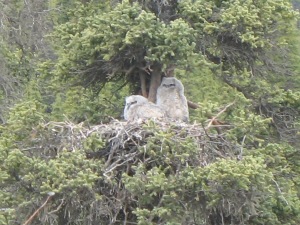
Nesting great horned owls





